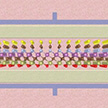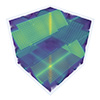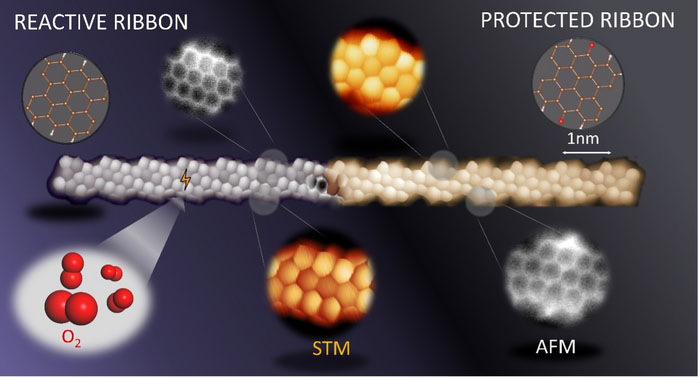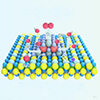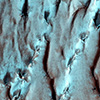Sep 27, 2022 (Nanowerk News) After 10 months flying in space, NASA’s Double Asteroid Redirection Test (DART) – the world’s first planetary defense technology demonstration – successfully impacted its asteroid target on Monday, the agency’s first attempt to move an asteroid in space. Mission control at the Johns Hopkins Applied...
MXene with its X factor may help downscaling 2D transistors
Sep 27, 2022 (Nanowerk Spotlight) On December 26, 1947, the two physicists Walter Brattain and John Bardeen, officially demonstrated the first point-contact transistor at Bell Labs. Later, in January 1948, William Shockley, one of the pioneers of semiconductor device physics, presented the first junction transistor, which marked the practical beginning...
A mass production method for biodegradable microrobots
Sep 27, 2022 (Nanowerk News) Daegu Gyeongbuk Institute of Science & Technology (DGIST, President Yang Kook) Professor Hongsoo Choi’s team of the Department of Robotics and Mechatronics Engineering collaborated with Professor Sung-Won Kim’s team at Seoul St. Mary’s Hospital, Catholic University of Korea, and Professor Bradley J. Nelson’s team at...
How to use AI in a human-centred way
Sep 27, 2022 (Nanowerk News) One of the things that artificial intelligence (AI) is good at is handling time-consuming routine tasks. But to reduce their impact to time savings is to miss the point. They result in more changes than that. They affect the tasks performed by humans, their daily...
Artificial intelligence reduces a 100,000-equation quantum physics problem to only four equations
Sep 26, 2022 (Nanowerk News) Using artificial intelligence, physicists have compressed a daunting quantum problem that until now required 100,000 equations into a bite-size task of as few as four equations — all without sacrificing accuracy. The work, published in Physical Review Letters ("Deep Learning the Functional Renormalization Group"), could...
Dozens of newly discovered gravitational lenses could reveal ancient galaxies and the nature of dark matter
Sep 26, 2022 (Nanowerk News) Earlier this year a machine learning algorithm identified up to 5,000 potential gravitational lenses that could transform our ability to chart the evolution of galaxies since the Big Bang. Now astronomer Kim-Vy Tran from ASTRO 3D and UNSW Sydney and colleagues have assessed 77 of...
Solving stability problems of relevant graphene derivatives
Sep 26, 2022 (Nanowerk News) In the last decades, a new synthetic approach has been developed, generally termed as “on-surface synthesis” that substantially departs from standard wet-chemistry. Instead of the three-dimensional space of solvents in the latter, the environment of the reactants in this new approach are well-defined two-dimensional solid...
Setchain, the application that multiplies by a thousand the number of transactions per minute in any blockchain
Sep 26, 2022 (Nanowerk News) Researchers Margarita Capretto, Martin Ceresa (IMDEA Software), Antonio Fernández Anta (IMDEA Networks), Antonio Russo (IMDEA Networks) and César Sánchez (IMDEA Software) present Setchain, a new data structure that improves the scalability of blockchains, allowing a greater number of transactions per block, which leads to a...
Molecular-level design strategy could hold the key to boosting commercial hydrogen production
Sep 26, 2022 (Nanowerk News) Our excessive consumption of fossil fuels is responsible for some of the major societal challenges we are facing, from climate change to pollution. Hydrogen is considered a green alternative to fossil fuels, and alkaline water electrolysis is proving an attractive technology for large-scale commercialisation of...
Astronomers explain Mars’ watery reflections
Sep 26, 2022 (Nanowerk News) Cornell astronomers believe bright reflections beneath the surface of Mars’ South Pole are not necessarily evidence of liquid water, but instead geological layers. The researchers detail their alternative explanation in Nature Astronomy ("Explaining Bright Radar Reflections Below The South Pole of Mars Without Liquid Water")....


